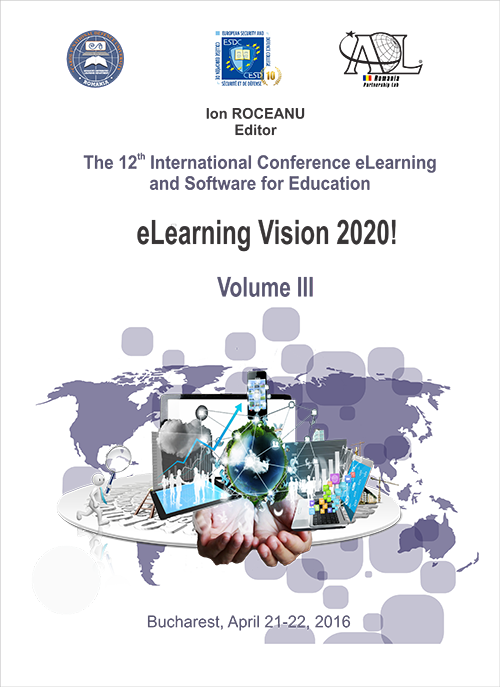BLENDED LEARNING PRACTICES IN ARTISTIC EDUCATION. THE “TIME MAPS” PROJECT EXPERIENCE
BLENDED LEARNING PRACTICES IN ARTISTIC EDUCATION. THE “TIME MAPS” PROJECT EXPERIENCE
Author(s): Alexandra Rusu, Dragoş GheorghiuSubject(s): Education, Sociology of Art, Sociology of Education
Published by: Carol I National Defence University Publishing House
Keywords: Artistic education; Time Maps; educational project; blended education;
Summary/Abstract: Over the past decade the online learning options have increased, they became more accessible and popular, thus determining higher education institutions to adapt their curriculum to incorporate the new educational paradigm. Blended education either made the transition between the traditional learning practices and the online learning or emphasized the need to balance the two opposites: face-to-face (in classroom) and online education. It shifted the perspective on a more complex student-centered education, acknowledging the differences in needs, environments and learning spaces required. In the case of artistic education, due to the vocational and hands-on component, the reform has been received with reluctance and skepticism. Artistic education core principles value the interaction between the maestro-teacher and the student as a fundamental stage in developing the artistic personality. Furthermore, the various techniques can be mastered by the student only through a trial-and-error phase constantly supervised by the teacher. The present paper emphasizes the blended-learning process and end-results of a 5 years artistic educational project: "Time Maps. Real Communities-Virtual Worlds-Experimented Pasts", carried out by a team of artists and professors from the National University of Arts of Bucharest.
Journal: Conference proceedings of »eLearning and Software for Education« (eLSE)
- Issue Year: 12/2016
- Issue No: 03
- Page Range: 612-619
- Page Count: 8
- Language: English

